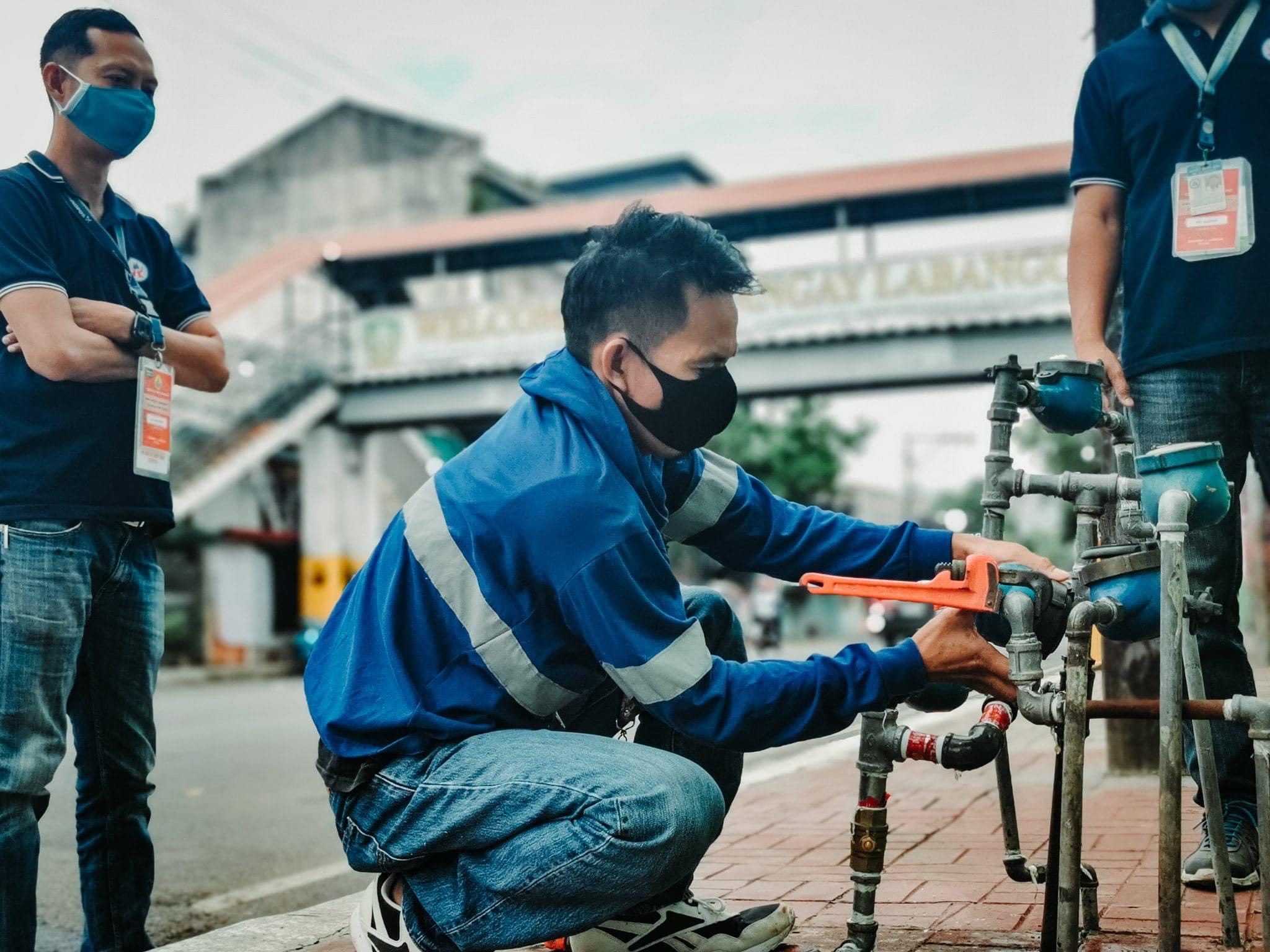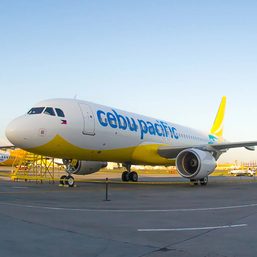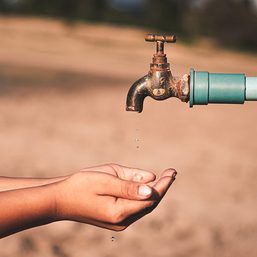SUMMARY
This is AI generated summarization, which may have errors. For context, always refer to the full article.

CEBU, Philippines – The Commission on Audit (COA) said in its 2022 audit report that the Metropolitan Cebu Water District (MCWD) incurred a loss of 29.48 million cubic meters in water supply or a third of its 90.25-million cubic meter production capacity.
State auditors attributed the problem to physical losses due to leakages and damage to underground pipes caused by drilling operations for projects from telephone companies and the Department of Public Works and Highways (DPWH).
“For the past three years, information/report supplied by the management showed that the non-revenue water (NRW) continues to remain high, far from the maximum tolerable level of only 20% of the total water production,” the report read.
NRW is the quantity of water in a water supply system that yields zero returns due to causes related to theft, evaporation, faulty metering, poor data gathering, and leakage.
In 2009, the Local Water Utilities Administration Board of Trustees signed Resolution No. 444, setting the maximum acceptable NRW to 20%, with the aim of maintaining the efficiency and financial viability of water districts.
The MCWD’s reports from 2020 to 2022 showed an upward trend of around 7.41% in NRW.
In 2020, the NRW was at 25.26% or 20.03 million cubic meters lost out of 79.32 million cubic meters of water production. In 2021, the NRW rose to 29.04% or 24.54 million cubic meters gone from 84.51 million cubic meters of water.
By 2022, the NRW had reached 32.67%.
“The MCWD is said to have consistently incurred loss in revenue roughly by at least P117.759 million on average for the years 2020 to 2022,” the COA report read.
MCWD General Manager Edgar Donoso, in a phone call interview with Rappler on Wednesday, August 9, confirmed the findings in the audit report.
For its part, the MCWD responded to the findings and was taking measures to reduce its NRW rate.
These measures include forming a leak detection team to address reports of leaking/damaged transmission or distribution lines and sending statements of accounts to contractors of the DPWH and telephone companies that damaged the aforementioned pipes.
Water theft
In its reply, the MCWD noted that on December 16, 2021, when Cebu was hit by Typhoon Odette (Rai), the NRW skyrocketed to 49% by January of the next year “due to widespread water pilferage and increased incidence of leaks.”
It can be recalled that during the typhoon’s aftermath, residents resorted to opening fire hydrants and using alternative water purifiers to combat dehydration caused by a limited supply of potable water.
“It is crucial to recognize that water extractions from fire hydrants or other MCWD facilities by LGUs can significantly contribute to the NRW and overall water loss,” the water district said.
To address this, the MCWD board issued Resolution No. 09-161-2022, which mandates the immediate suspension of water extractions within the water district’s service areas, except during fire incidents.
The MCWD cited an estimated 79,145 cubic meters of water extracted from fire hydrants in 2021. The figure decreased to 43,014 cubic meters by 2022.
“We have since managed to reduce the NRW to 31% as of April 2023,” the MCWD added. – Rappler.com
Add a comment
How does this make you feel?











![[Vantage Point] Possible end to water row averts taps drying in Cagayan de Oro, for now](https://www.rappler.com/tachyon/2024/03/vantage-point-cdo-water.jpg?resize=257%2C257&crop=157px%2C0px%2C669px%2C669px)

There are no comments yet. Add your comment to start the conversation.